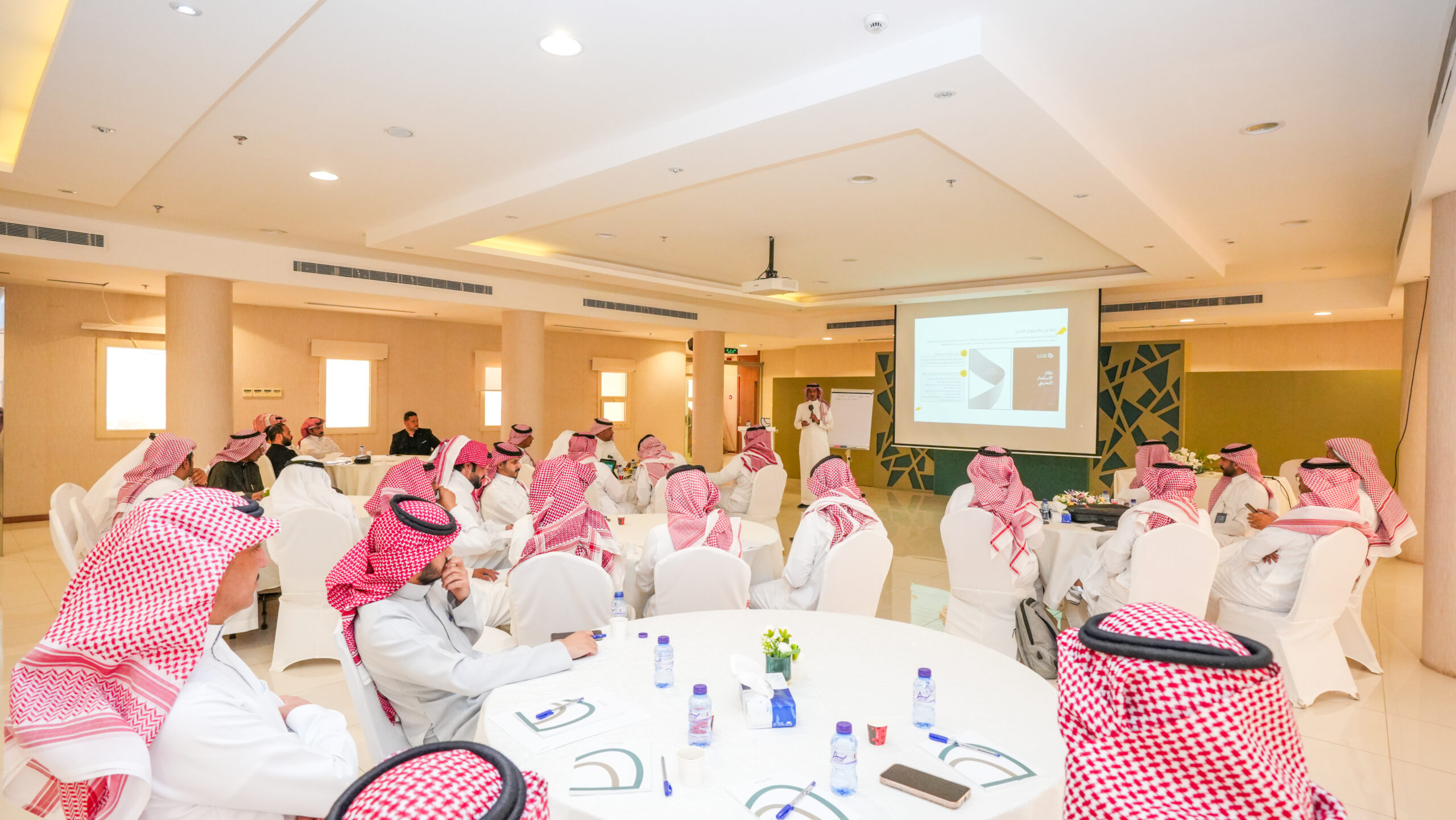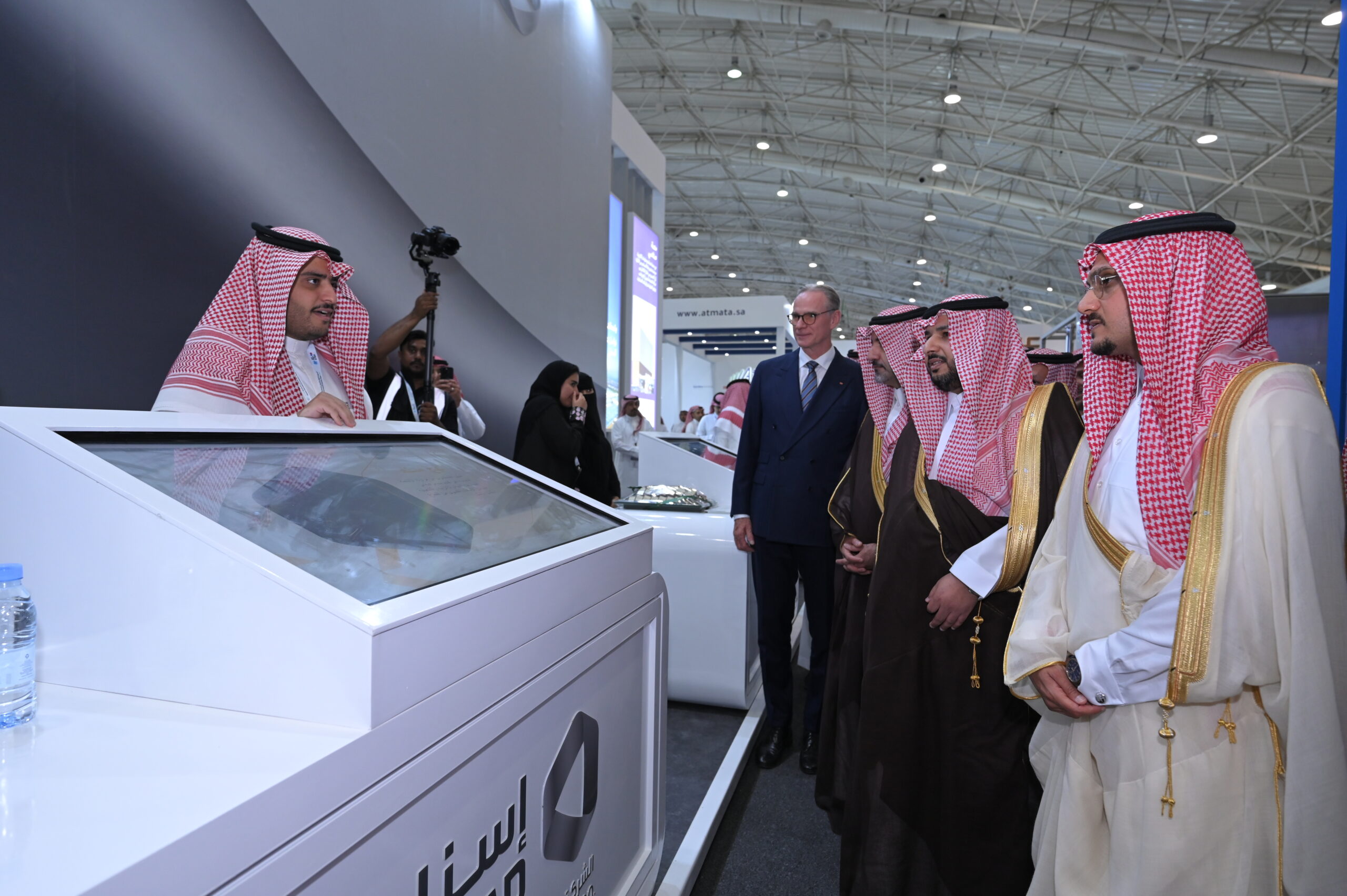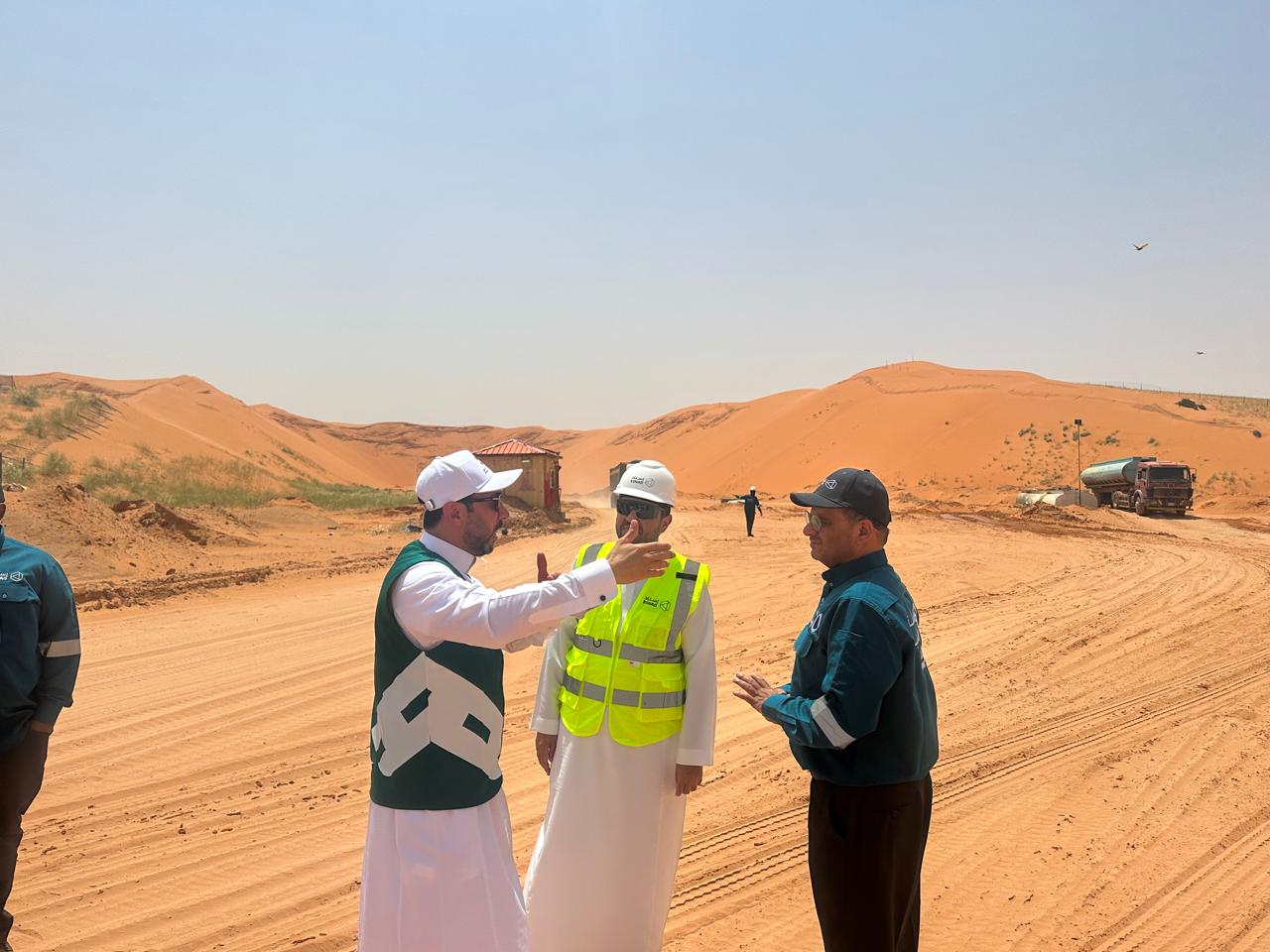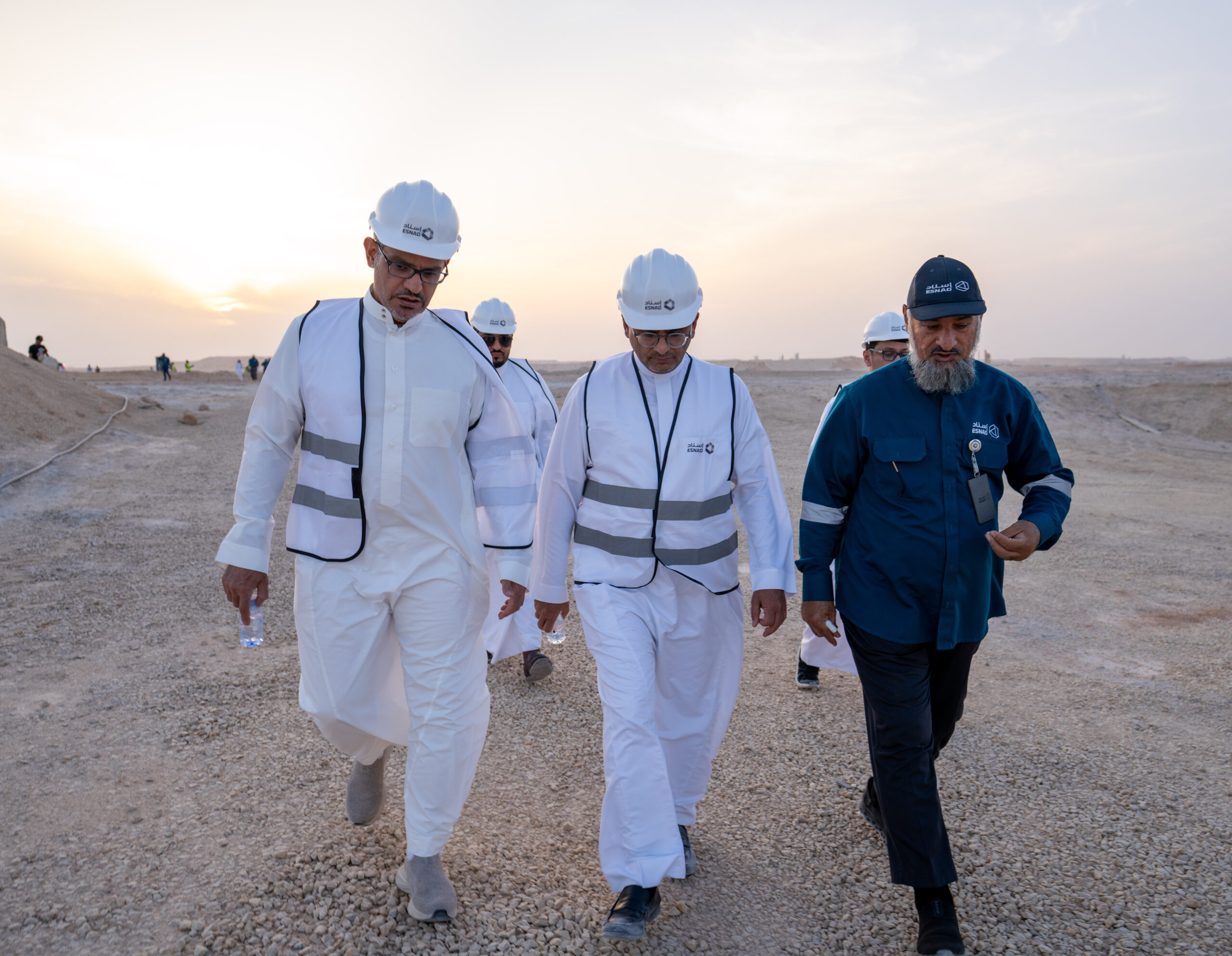
Driving Technological Transformation in the Mining Sector: Enhancing Compliance, Efficiency, and Sustainability
The global mining industry is undergoing a significant transformation, fueled by the rapid evolution of metal manufacturing technologies and digital innovation. Advanced tools such as Artificial Intelligence (AI), Digital Geological Analysis, and the Internet of Things (IoT) are reshaping mining operations by improving efficiency, supporting data-driven decision-making, and ensuring strict compliance with regulatory frameworks. These developments not only enhance productivity but also foster a more sustainable, transparent, and safe mining value chain.
In Saudi Arabia, the Ministry of Industry and Mineral Resources, in collaboration with the Saudi Mining Services Company (ESNAD), is spearheading efforts to integrate advanced technologies across the mining sector. These efforts align with the objectives of Vision 2030, aiming to increase efficiency, minimize environmental impact, and position the Kingdom as a global hub for sustainable mining.
Technology as a Catalyst for Compliance and Operational Excellence
Modern technologies are essential in enhancing operational performance while ensuring adherence to licensing regulations. Key technological innovations currently transforming the sector include:
1. Artificial Intelligence in Geological Analysis
-
AI algorithms analyze geological data with unprecedented accuracy, enabling faster and more reliable identification of mineral-rich zones.
-
These systems reduce geological uncertainty, optimize ore quality forecasting, and minimize material waste during drilling and extraction.
-
As a result, mining operations are not only more efficient but also more compliant with regulatory and environmental licensing standards.
2. IoT for Real-Time Monitoring
-
IoT devices connect a network of smart sensors across mining sites to deliver real-time data on critical safety metrics such as gas concentrations, temperature, and groundwater levels.
-
These systems support remote equipment control, reducing human exposure to hazardous conditions and improving operational reliability.
3. Drone Technology for Site Exploration
-
Drones accelerate the exploration process by capturing high-resolution imagery and conducting advanced soil analysis.
-
They support the creation of detailed 3D maps of mining sites, which improves extraction planning and enhances compliance with environmental regulations through accurate impact assessments.
4. Robotics in Automated Mining
-
Robotics are deployed in high-risk tasks such as drilling and blasting, significantly reducing human exposure to dangerous conditions.
-
These technologies also improve the speed and accuracy of ore processing, lowering operational costs while increasing productivity and safety.
Technology’s Role in Strengthening Regulatory Compliance
Technological advancements are central to supporting compliance with mining license standards. Key areas of impact include:
1. Environmental Monitoring and Sustainability
-
Digital platforms monitor environmental indicators to ensure alignment with regulatory limits on emissions, water usage, and energy consumption.
-
These tools support waste reduction through recycling systems and optimized resource utilization, reinforcing environmental accountability.
2. Workplace Safety and Risk Prevention
-
Advanced sensors detect hazardous conditions such as structural instabilities or chemical leaks in real time.
-
Workers are trained to operate and interpret these systems, with virtual reality (VR) simulations offering immersive safety training without real-world exposure to risk.
3. Streamlined Licensing Procedures
-
Automation has transformed license issuance and renewal, significantly reducing administrative burdens and enhancing transparency.
-
Smart reporting systems monitor license compliance continuously, feeding data into centralized dashboards that enable regulatory bodies to track and assess company performance with greater accuracy and efficiency.
ESNAD’s Role in Enabling Technological Integration
ESNAD is at the forefront of digital transformation in Saudi Arabia’s mining sector, providing advanced solutions that strengthen regulatory compliance, operational efficiency, and environmental performance. Its initiatives include:
1. AI-Driven License Management
-
ESNAD is developing intelligent systems to automate the review of mining license applications, supported by electronic signature solutions that streamline approval workflows.
-
These systems create full digital integration across the licensing process, supporting national efforts to modernize regulatory infrastructure.
2. Automation and Smart Mining Consultancy
-
The company offers tailored consulting services to support mining firms in adopting automation and smart technologies, ensuring smooth integration into existing operations.
-
ESNAD is also advancing the automation of environmental inspections, enabling real-time tracking of compliance with sustainability standards.
3. Compliance Monitoring Through Digital Systems
-
Advanced digital platforms implemented by ESNAD enable comprehensive monitoring across the mining value chain.
-
These systems are supported by analytical reporting capabilities that assess performance, detect violations, and provide actionable insights for both companies and regulators.
Challenges and Opportunities in Technology Integration
While the benefits of technology adoption in the mining sector are considerable, several challenges persist:
-
High Capital Investment: The initial cost of acquiring advanced equipment and digital systems remains a barrier for some operators.
-
Skills and Capacity Gaps: There is a pressing need to develop and deliver specialized training programs that prepare the workforce for smart technology use.
-
Regulatory Adaptation: As new regulations mandate the use of smart solutions, companies must demonstrate institutional readiness to comply with evolving standards.
-
Infrastructure Limitations: Aging infrastructure and limited digital connectivity in remote areas present practical obstacles to implementation.
Addressing these challenges requires coordinated action, including government incentives for green technology adoption, investment in human capital development, and increased public-private sector collaboration.
Conclusion
Technology has become a cornerstone of Saudi Arabia’s vision for a future-ready mining sector. Through the adoption of smart solutions, mining companies can significantly improve efficiency, ensure regulatory compliance, and operate more sustainably.
By embracing innovation and addressing integration challenges with strategic foresight, the Kingdom is reinforcing its position as a global leader in responsible mining. These efforts not only support the national transformation agenda but also contribute to building a resilient, transparent, and high-performance mining ecosystem aligned with the aspirations of Vision 2030.















